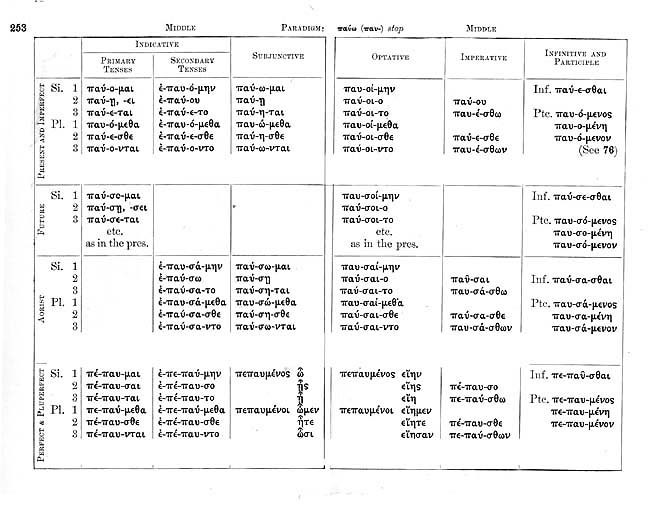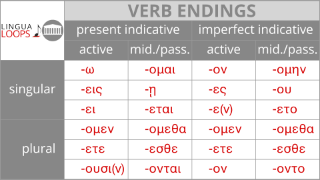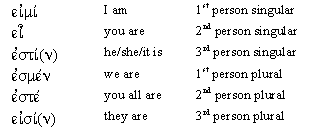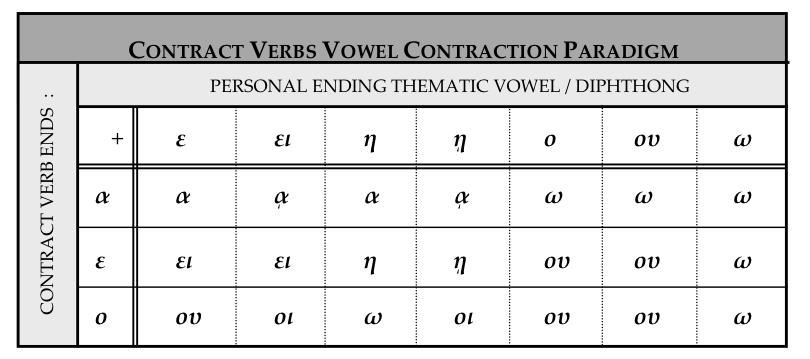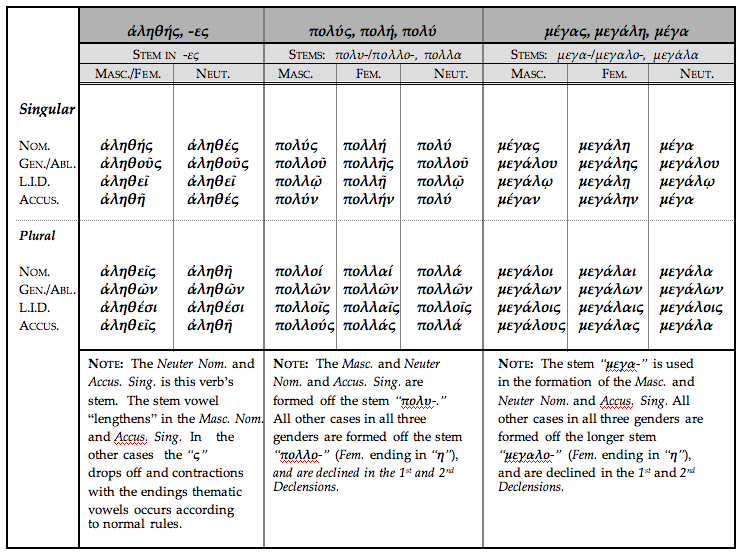Attic Greek Verb Paradigms

The indicative of εἶμι eîmi is generally used with future significance in the classical period i will go but the other parts such as the infinitive ἰέναι iénai to go are not future.
Attic greek verb paradigms. Many parts of this site will be helpful however to anyone beginning or reviewing. Tharseō be confident continues to use the dual number rather than the plural to refer to pairs of things and in general preserves a greater number of irregular forms. An intensive course and mastronarde s introduction to attic greek but are mainly meant to provide one page overviews of some important verbal paradigms satisfactory versions of many of which i have failed to find in english language greek textbooks. Buy the book or request an exam copy.
Participles in ᾱς ᾱσα αν weak aorist active 26. These handouts contain some references to hansen quinn s greek. Thalassa sea and rr instead of rs as in tharreō vs. This is a very helpful way to learn verb morphology.
It is conjugated using the thematic vowel o and has a short and straightforward stem that does not interact with the endings. I set loose release untangle take apart is generally used as a model greek verb. 1 2 2 3 attic second declension. The only irregularity is that the stem has a long vowel.
Present system active of contract verbs in όω. Present system middle passive of contract verbs in όω. Present system middle passive of contract verbs in άω with η contraction 58. Participles in άς ᾶσα άν μι verb present or aorist active 27.
As opposed to ionic attic has tt instead of ss as in thalatta vs. In traditional grammatical terminology the aorist is a tense a section of the verb paradigm formed with the same stem across all moods by contrast in theoretical linguistics tense refers to a form that specifies a point in time past present or future so the aorist is a tense aspect combination. I expect that many. The literary greek of athens in the fifth and fourth centuries bc attic.


